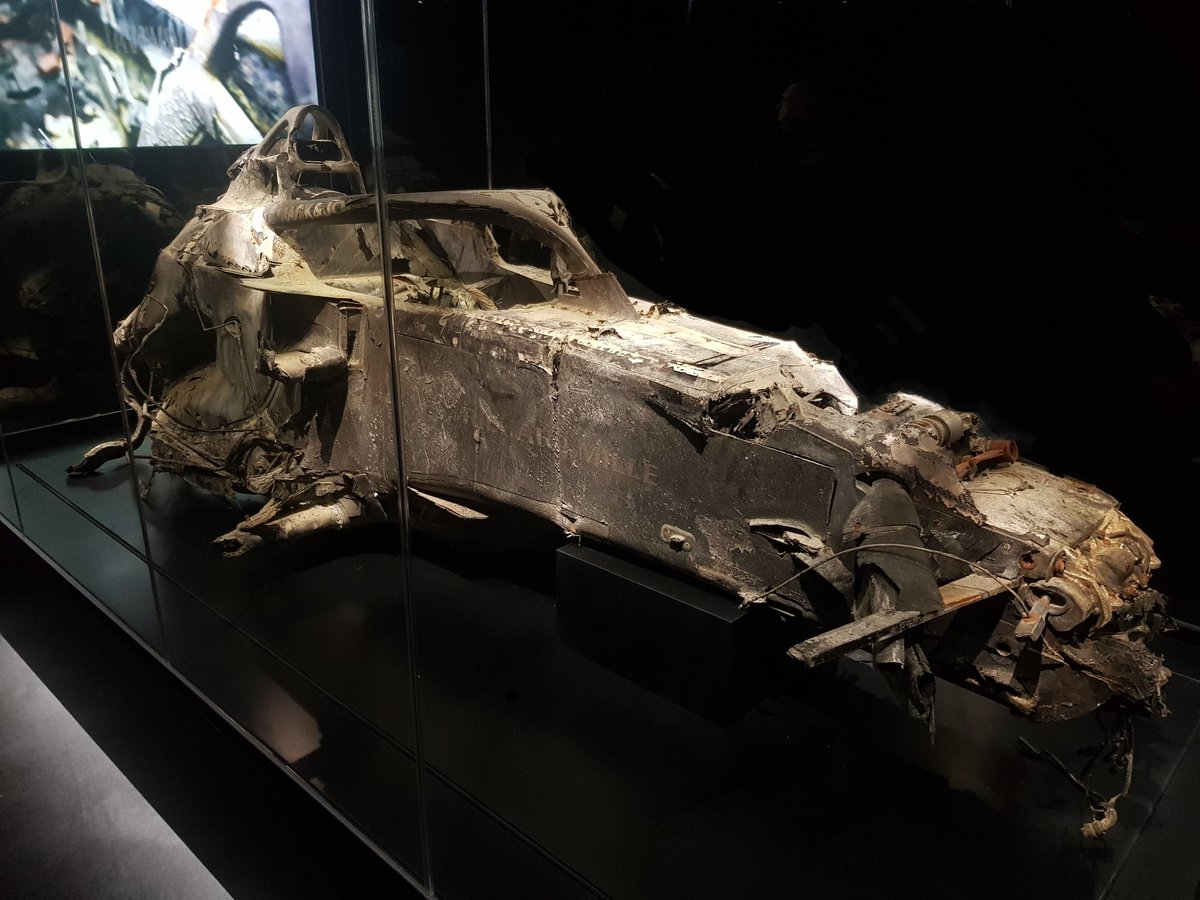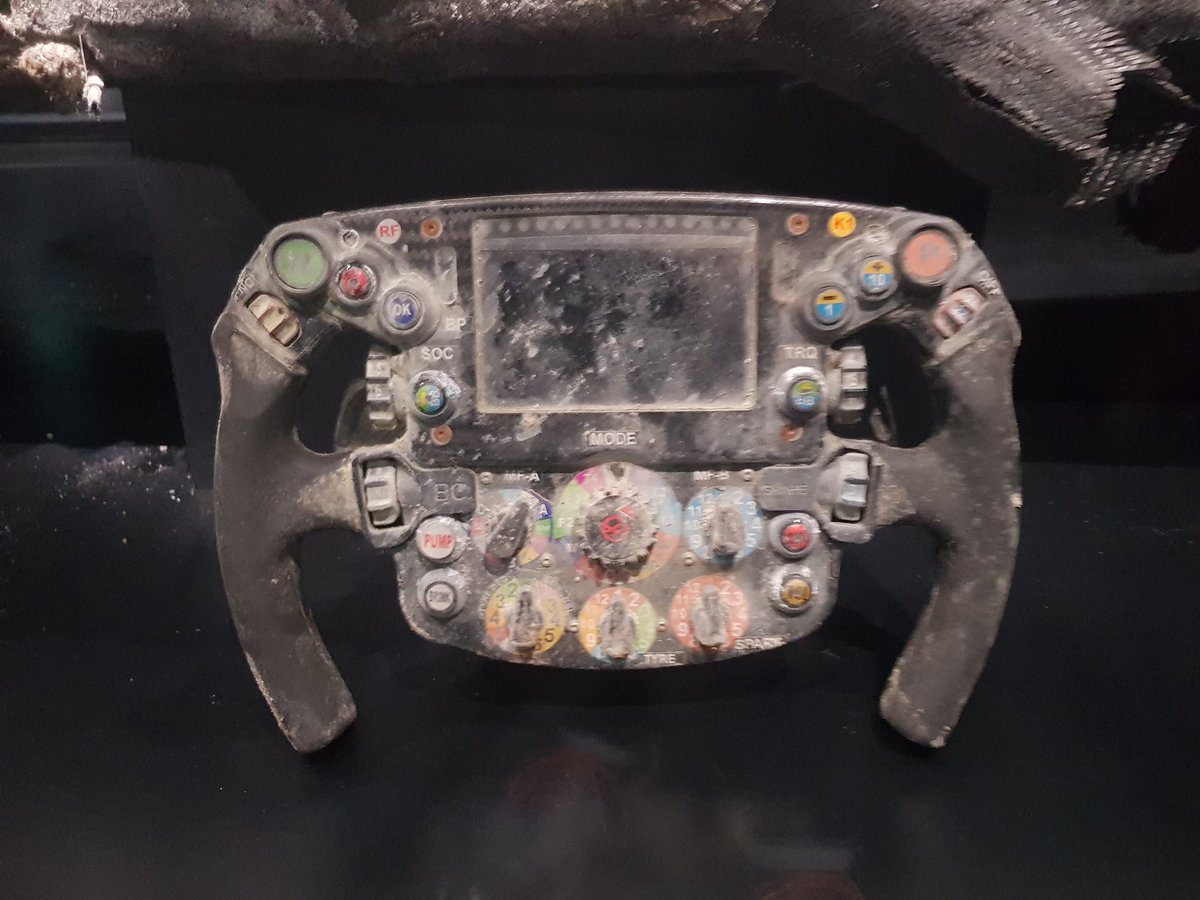The first big update to the AMR23.
Heavily revised sidepods, floor edge and cooling outlets.
#F1 #F1Tech #CanadaGP



Heavily revised sidepods, floor edge and cooling outlets.
#F1 #F1Tech #CanadaGP




The waterslide is narrowed and starts with a distinct edge. This may be to contain the rotating airflow, which marries up with the revised undercut, to create more load over the diffuser.
#F1 #F1Tech #CanadaGP

#F1 #F1Tech #CanadaGP


The undercut feeds into the floor edge further back and with more more load.
The floor edge has been revised, but not in a substantially different way.
The rear tyre temperature sensor is embedded in the floor (red)
#F1 #F1Tech #CanadaGP
The floor edge has been revised, but not in a substantially different way.
The rear tyre temperature sensor is embedded in the floor (red)
#F1 #F1Tech #CanadaGP

Cooling flow has been worked on, with different cooling louvers, reshaped cannon exits and an added outlet under the new shark fin.
The shark fin will help the rear wing flow in yaw.
#F1 #f1tech #CanadianGP

The shark fin will help the rear wing flow in yaw.
#F1 #f1tech #CanadianGP


• • •
Missing some Tweet in this thread? You can try to
force a refresh









































